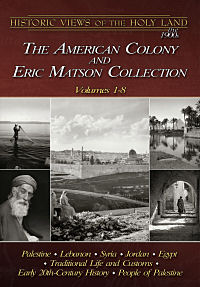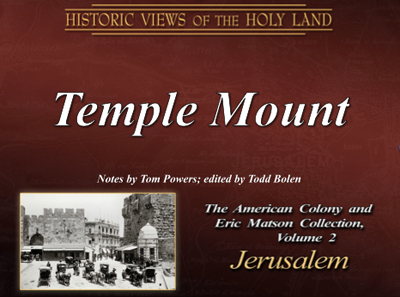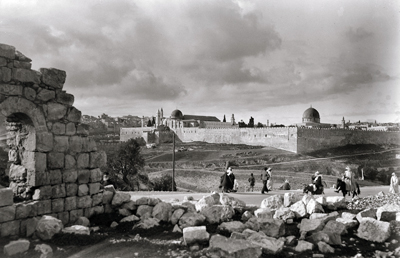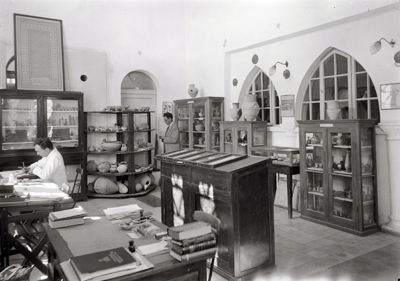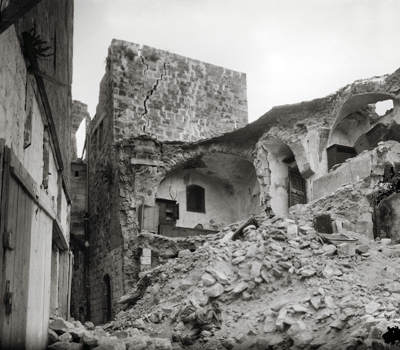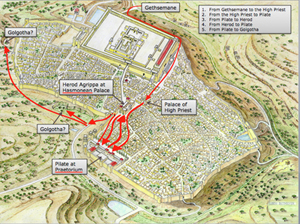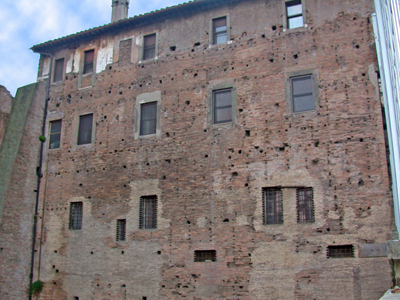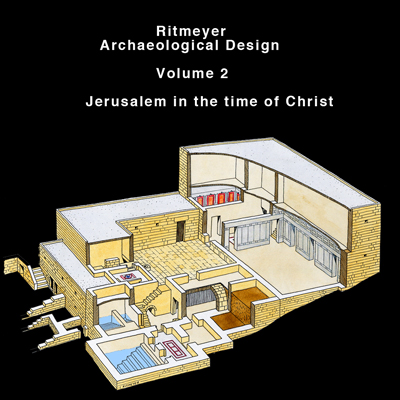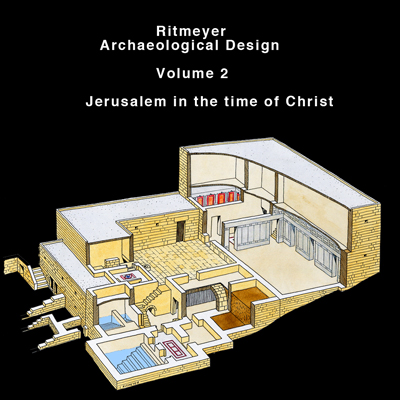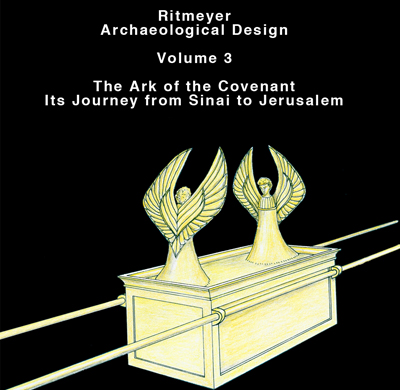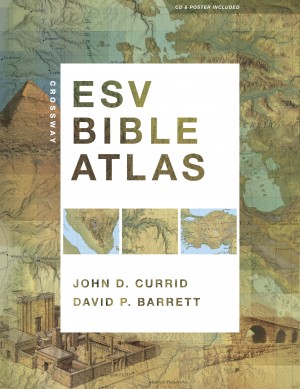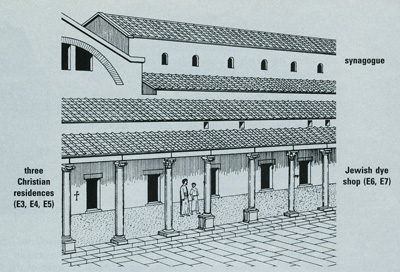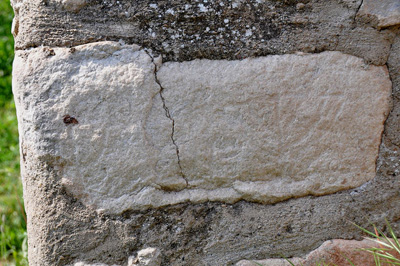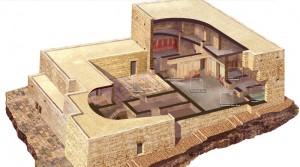Missing the Cyrus Cylinder on our visit to London and the British Museum. The Guardian had a thought-provoking article discussing the likelihood (or not) of its being returned by the Iranians in January 2011.
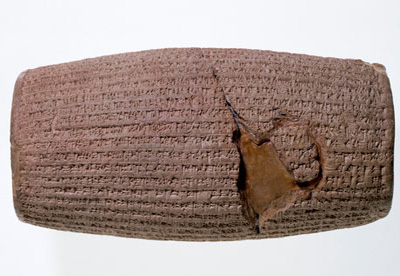
It was not an easy decision for the British Museum to lend one of its most treasured artefacts to a country which has a notoriously prickly relationship with the UK. So curators in London are paying close attention to an Iranian threat not to return the famous Cyrus Cylinder — now embroiled in political intrigue in the Islamic Republic.
The 6th century BC Babylonian object, sometimes described as the world’s first human rights charter, arrived in Iran at the weekend and is due to be displayed for four months at the national museum.
In a ceremony on Sunday President Mahmoud Ahmadinejad draped a Palestinian-style keffiyeh scarf worn by Basij militiamen over the shoulders of a bowing actor dressed as Cyrus. He also described Cyrus reverentially as “King of the World” – a striking phrase in a country where pride in Iran’s pre-Islamic past, encouraged by the shah, has been downplayed since the 1979 revolution. For Ahmadinejad’s domestic enemies, this was another glaring example both of his self-promotion and a religious-nationalist agenda that arouses their deepest suspicions.
“Isn’t it correct that the Cyrus Cylinder belongs to Iran?” asked the Keyhan newspaper, mouthpiece of hardline conservatives. “Isn’t it true that the British government stole this valuable and ancient object of ours? If the answer to these questions is positive, which it is, why should we return [it] … to the party which stole it.”
The correct answer, insists the British Museum, is that the cylinder was not stolen but excavated in Babylon, Iraq in 1879. Its loan was a triumph of cultural diplomacy for Neil MacGregor, the museum’s director, after relations between London and Tehran were strained to breaking point with the expulsion of British Council staff from Iran, the launch of the BBC Persian TV channel, and the violent and repressive aftermath of last summer’s disputed presidential election.
The loan reciprocates those made by Iran’s national museum to the successful Forgotten Empire and Shah Abbas exhibitions at the British Museum.
The cylinder is due back in Bloomsbury in January. “There is no sense that this is anything other than a loan,” said a museum spokesperson. “This is part of our ongoing relationship with the national museum of Iran which both institutions value as a cultural dialogue independent of political difficulties.”
But it seems destined to be the centre of controversy for as long as it stays in Tehran. Elyas Naderan, a fundamentalist MP, criticised the government for inviting British ambassador Simon Gass to Sunday’s reception.
Ayatollah Makarem-e-Shirazi, an influential cleric, denied rumours that he wanted to see the cylinder. “He never visits any exhibition apart from Qur’anic ones,” a statement said.
Critics on the left point to the irony of the president’s celebration of the cylinder as “a charter against injustice and oppression” as he oversees unprecedented human rights abuses. The opposition Jaras website called the object “a stranger in its own home”. Cyrus would have been shocked to hear Ahmadinejad invoke his name, it said.
“Ahmadinejad was apparently trying to appeal to a new constituency among non-political types and tap into discontent with the clerical establishment, while at the same time trying to keep his hard-line supporters happy,” commented Golnaz Esfandiari in her Persian Letters blog.
Read the full article here, including a history of the Cyrus Cylinder.

